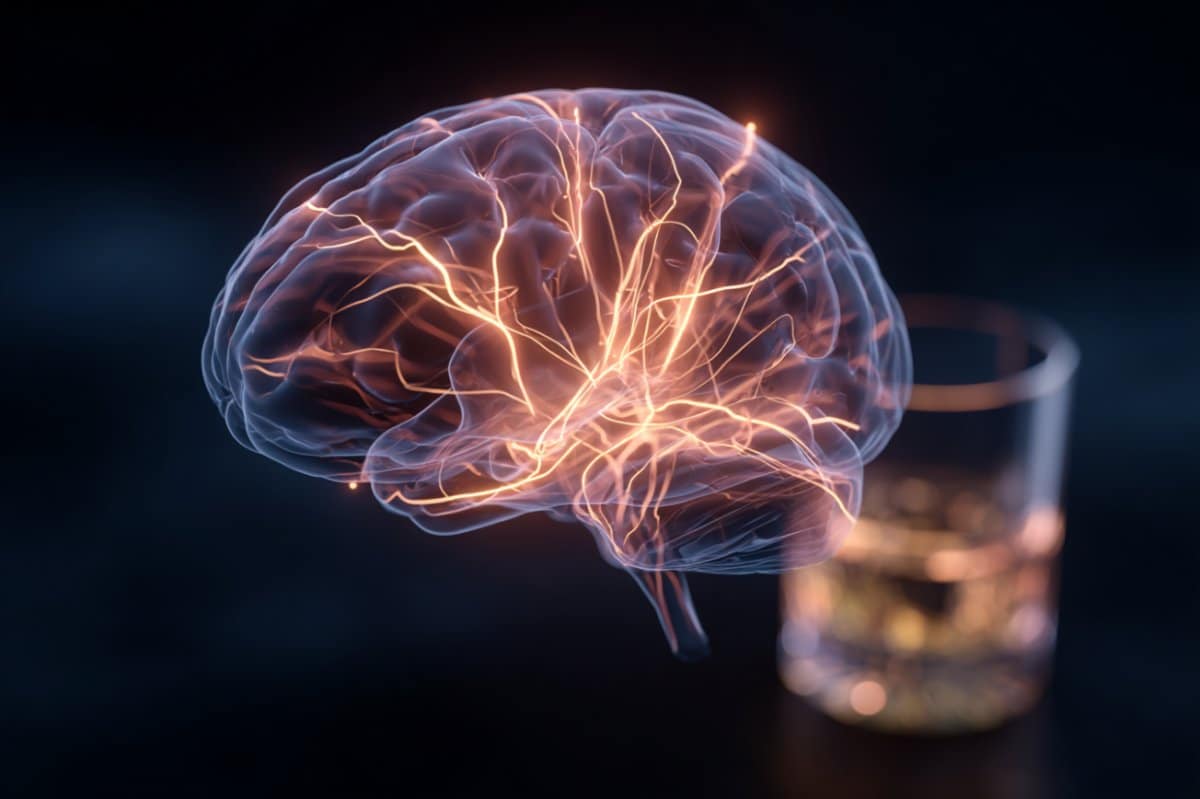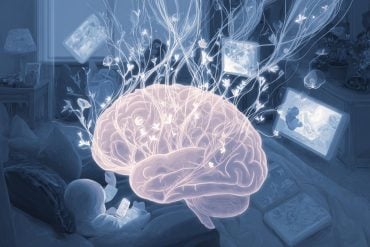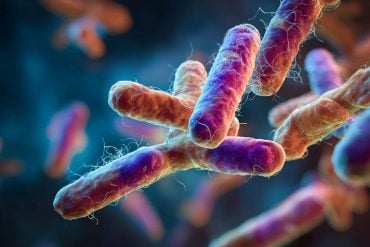Summary: A new study reveals that tolcapone, a dopamine-enhancing drug, strengthens brain circuits involved in self-control while reducing alcohol intake in people with alcohol use disorder (AUD). The drug boosts activity in the inferior frontal gyrus, part of the prefrontal cortex, which supports inhibitory control.
Participants given tolcapone showed both improved behavioral performance on a response inhibition task and decreased drinking behavior. These findings suggest that targeting dopamine in the prefrontal cortex could open a new path for developing more effective treatments for AUD.
Key Facts
- New Target: Unlike current treatments, tolcapone addresses impaired self-control rather than just cravings or withdrawal.
- Brain Mechanism: The drug enhances dopamine in the prefrontal cortex, boosting circuits responsible for inhibitory control.
- Clinical Potential: Findings support developing dopamine-based therapies to reduce alcohol misuse more effectively.
Source: Elsevier
Researchers have identified a promising new strategy for treating alcohol use disorder (AUD).
A novel study found that the dopamine-boosting drug tolcapone increases activity in the prefrontal cortex (PFC) during self-control tasks. Greater activation of the inferior frontal gyrus, part of the PFC, was associated with better behavioral control and reduced alcohol consumption.

The findings from this new study in Biological Psychiatry: Cognitive Neuroscience and Neuroimaging indicate that medications with a similar mechanism could one day be used to treat AUD.
AUD is a devastating disorder characterized by loss of control over alcohol consumption, for which existing pharmacological treatments are modestly effective. Most approved and off-label pharmacological treatments for AUD target alcohol craving and/or alcohol withdrawal symptoms.
“We desperately need new pharmacological treatments for AUD. Our study shifts the focus to ‘rescuing’ impaired inhibitory control, which is the brain’s ability to stop unwanted thoughts or actions, a function often compromised in AUD,“ says senior author Joseph P. Schacht, PhD, Department of Psychiatry, University of Colorado School of Medicine.
“Our study suggests that medications that increase prefrontal dopamine are an important lead to pursue.”
The study involved 64 participants with AUD who were randomly assigned to receive either tolcapone, an FDA-approved medication that increases dopamine in the PFC by suppressing catechol-O-methyltransferase (COMT), an enzyme that degrades dopamine, or a placebo for eight days.
Participants completed a behavioral control task called a “stop signal” task while undergoing functional neuroimaging (fMRI), during which they had to try to stop themselves from pressing a button on certain trials.
This task reliably elicits activation of regions of the PFC that underlie response inhibition. Analysis showed that tolcapone increased activation of cortical areas implicated in inhibitory control, as assessed by the fMRI blood oxygenation response.
Lead author Drew E. Winters, PhD, Department of Psychiatry, University of Colorado School of Medicine, notes, “Based on previous studies, we anticipated that greater inferior frontal gyrus activation would be associated with better behavioral control, but we were pleasantly surprised to find that it was also associated with reduced alcohol consumption.
“This association validates the importance of impaired control in the pathophysiology of AUD.“
Editor-in-Chief of Biological Psychiatry: Cognitive Neuroscience and Neuroimaging Cameron S. Carter, MD, University of California Irvine School of Medicine, concludes, “Dopamine is a crucial neurotransmitter involved in pleasure, motivation, reward, and control and decision-making.
“The findings of this study underscore the importance of targeting specific brain circuits that govern self-control to reduce problematic drinking.
“Future research should continue to investigate the neurobiological mechanisms of tolcapone and other cortical dopamine modulators to develop more effective treatments for AUD.”
About this neuroscience and alcohol use disorder research news
Author: Eileen Leahy
Source: Elsevier
Contact: Eileen Leahy – Elsevier
Image: The image is credited to Neuroscience News
Original Research: Open access.
“Effects of COMT Suppression in a Randomized Trial on the Neural Correlates of Inhibitory Processing Among People with Alcohol Use Disorder” by Joseph P. Schacht et al. Biological Psychiatry: Cognitive Neuroscience and Neuroimaging
Abstract
Effects of COMT Suppression in a Randomized Trial on the Neural Correlates of Inhibitory Processing Among People with Alcohol Use Disorder
Background
Dysregulation of inhibitory control is a core feature of Alcohol Use Disorder (AUD), and is mediated, in part, by catechol-O-methyltransferase (COMT) regulation of cortical dopaminergic neurotransmission. Tolcapone, a brain-penetrant COMT inhibitor, potentiates evoked dopamine release, and may improve inhibitory control in AUD.
Methods
Non-treatment-seeking participants with AUD (n=64) were randomized to tolcapone (titrated to 200 mg t.i.d.) or placebo for 8 days and completed an fMRI stop-signal task on study Days 1 (prior to medication ingestion) and 7. Brain areas in which activation for the contrast of successful vs. unsuccessful stop trials (SS>SE) differed between medication groups on Day 7 relative to Day 1 were identified.
Activation of these areas, and their functional connectivity with other areas, was tested for association with changes in drinking during the medication period and with stop-signal reaction time, a behavioral index of inhibitory control.
Results
The tolcapone group demonstrated greater SS>SE activation in the right dorsolateral prefrontal cortex and inferior frontal gyrus (iFG). In the tolcapone group, greater activation of both areas was associated with improved inhibitory control, and greater iFG activation was associated with reduced drinking. Increased connectivity between iFG and right anterior insula was associated with reduced drinking, and between iFG and anterior cingulate cortex with improved inhibitory control.
Conclusions
Tolcapone increased activation of cortical areas implicated in inhibitory control. The associations between increased iFG activation and connectivity, improved inhibitory control, and reduced drinking suggest that pharmacological interventions that increase cortical dopamine may rescue dysregulated inhibitory control among people with AUD.






